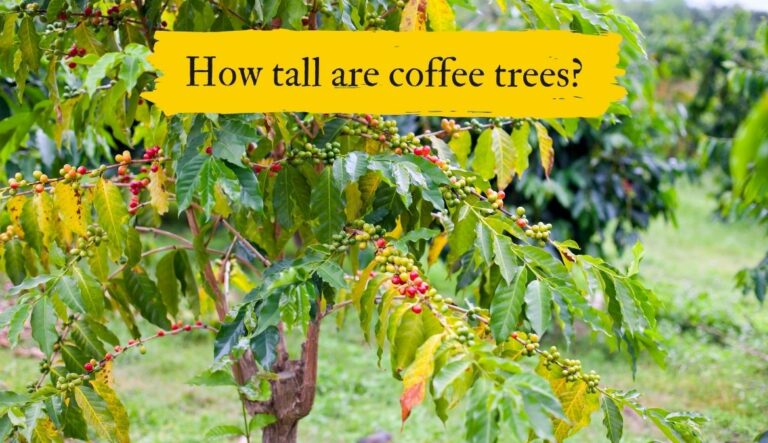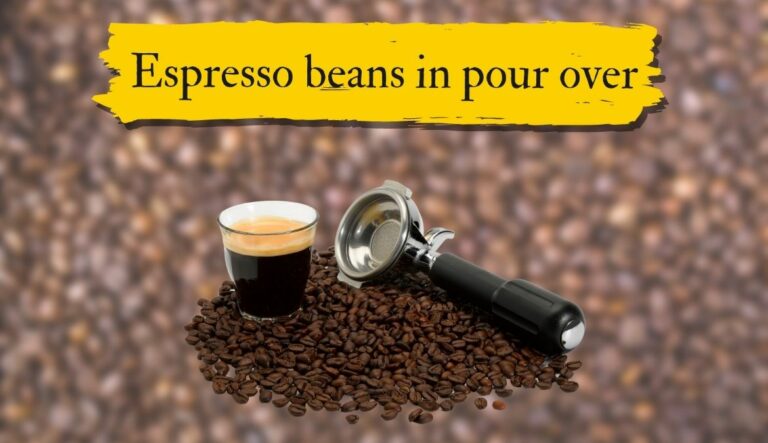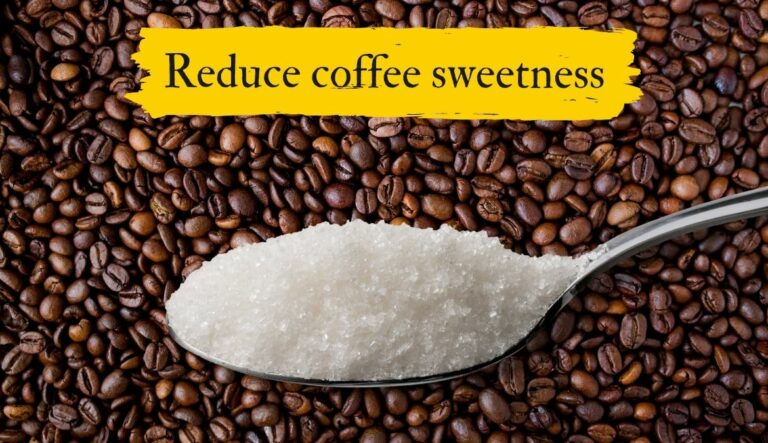There are many things that influence how one cup of coffee tastes compared to another. I did some research to learn what these factors are. Here’s what I discovered.
Coffee beans taste different due to the varying lipids and acids that are formed during their growth. A bean’s chemical composition is influenced by its altitude, rainfall, soil, processing method, roasting level, bean varietal and brewing process.
There are many nuances that impact how a cup of coffee tastes. Read on to learn how each of these things affects a coffee’s flavor.

Coffee bean taste based on where it’s grown
One of the main factors that affects how a specific coffee tastes is its terroir. Terroir is a French word that refers to the environment something is grown in. This includes the soil, climate, topography, and pH, among other things.
Coffee trees are grown in more than 60 countries across the globe. Each coffee growing region has its own terroir that influences how their coffee will taste. A producer will even produce different tasting coffee beans because certain plants may grow in different soil or receive varying amounts of sunlight or water.
Soil nutrients change how coffee tastes
Soil contains varying amounts of minerals such as magnesium, phosphorus, potassium and calcium. This depends on many factors, including the region, altitude, soil type, climate and more.
These nutrients are absorbed by coffee trees and expressed in harvested coffee beans.
Water retention support the growth of the plant
Soil drainage affects how much water the plant is able to retain. A higher retention will allow coffee trees to flourish during dry spells. This improves the overall health of the plant, which in turn affects how the coffee beans will taste.
These are just aspects of terroir that influence how coffee is grown, and ultimately tastes.
Seasonal effects on coffee bean taste
Just like the fruit you buy in your local grocery store, coffee is grown during certain seasons of the year. Coffee beans are the seeds of coffee cherries, which are grown in coffee trees – known as Coffea.
Just about all of the world’s coffee is grown in what’s called the Bean Belt, which is located between the latitudes of 25 degrees North and 30 degrees South. Climates here are warm and generally less susceptible to extreme weather changes.
This means that growing seasons are usually pretty consistent. However, seasons can have varying amounts or rain, sun and other factors that affect how plants are grown.
This causes the coffee beans grown here to absorb varying amounts of water and nutrients, which changes the flavor of the harvest. Therefore, coffee harvested from one producer may taste different from one season to the next.
How roasting effects coffee bean taste
The duration that coffee beans are roasted affects how they taste when ground and brewed into a cup of coffee. This is the result of complex chemical reactions that occur when amino acids and sugars break down from the heat.
A shorter roasting period will produce a lighter roast, which causes coffee beans to have more acidity and pronounced origin flavors. A darker roast is more aromatic and adds flavors of chocolate and toffee due to caramelization of bean sugars.
What this means is that the roasting process can make two beans from the same batch of coffee beans taste very different from each other. If you are particularly fond of flavors produced from a dark roast, then you might be interested in finding a roaster that produces a consistent roast style that you enjoy.
Or perhaps you enjoy tasting the more subtle and acidic flavors common in a light roast. In this case, you might enjoy trying beans from different producers.
The different tastes between arabica and robusta beans
There are two main varietals of coffee beans: arabica and robusta. At one point in time, arabica plants mutated to form a slightly different type of coffee tree that produces a different tasting coffee bean.
Arabica beans tend to have higher levels of acidity and taste sweeter. Robusta beans are often characterized as having a harsher and nuttier taste.
How brewing methods changes a coffee’s taste
Your brewing method will be the last factor that differentiates how coffee tastes. Things that will change taste include the equipment you use, water temperature, brew duration, grind density and coffee-to-water ratio.
Adjusting these parameters will change what flavors you’re able to extract out of your beans into your beverage.
Grind density changes surface area
Coffee beans can be ground in different densities, which can change how your brewed coffee will taste. A more finely ground coffee will have a larger surface area and will extract flavors into water more quickly. Coarsely ground beans have a smaller surface area and produce the opposite effect.
Immersion and drip methods will extract flavor differently
Immersion brewing, such as French Press, is where coffee grounds are fully submerged in water throughout the entire brewing process. This results in the ground extracting flavor more quickly from the beans.
On the other hand, drip brewing involves pouring water over coffee grounds, often through a filter into a container below. This style of brewing causes the grounds to have less contact time with water, which means the extraction rate is lower than an immersion brew.
An immersion style coffee will also cause a coffee to have a fuller body, darker color and bolder taste. A drip method will have a brighter tasting coffee that brings out some more of the subtle undertone flavors that might otherwise be hidden by a full-bodied brew.
Over-extraction produces bitter tastes
Letting your grounds extract for too long causes coffee to taste astringent and bitter. These undesirable flavors can be avoided by altering how you brew your coffee.
For example, more coarsely ground coffee wil extract flavors more slowly because it has a smaller surface area. You could also slow the extraction rate by brewing your coffee with a lower water temperature.
Under-extraction causes a sour and watery flavor
Under-extraction occurs when coffee grounds are not brewed for long enough. The result is a sour and watery tasting coffee. Again, these are typically undesirable flavors that can be avoided by changing the brewing process.






